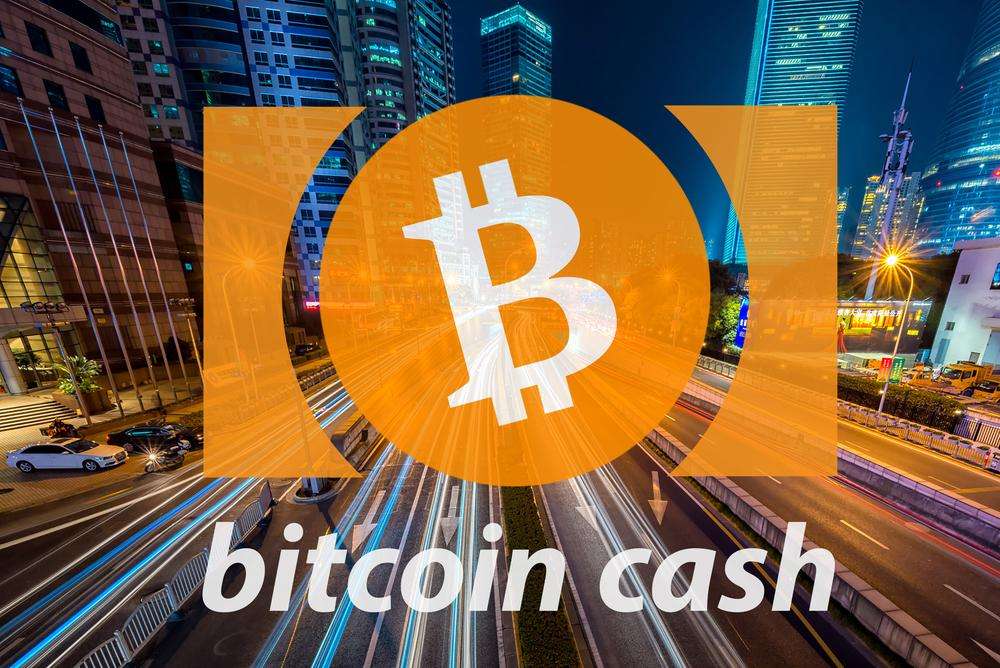Bitcoin Cash Bulls Await: New All-Time High Expected with 2024 Halving and Block Size Upgrade – Can BCH Reach $4,000?
Bitcoin Cash (BCH) has successfully implemented the CHIP-2023-04 Adaptive Blocksize Limit Algorithm on chipnet, addressing an economic vulnerability dating back to 2010. This update automatically adjusts the block size limit of BCH, optimizing infrastructure costs during varying network usage levels. While the Bitcoin community is eagerly awaiting the upcoming halving event, the first hardfork version [...]


- Bitcoin Cash (BCH) has successfully implemented the CHIP-2023-04 Adaptive Blocksize Limit Algorithm on chipnet, addressing an economic vulnerability dating back to 2010.
- This update automatically adjusts the block size limit of BCH, optimizing infrastructure costs during varying network usage levels.
While the Bitcoin community is eagerly awaiting the upcoming halving event, the first hardfork version of Bitcoin Cash (BCH) is also gearing up for a major update.
The May 2024 upgrade for Bitcoin Cash (BCH), known as CHIP-2023-04 Adaptive Blocksize Limit Algorithm, has been successfully activated on chipnet at block number 174519.
This upgrade addresses an economic vulnerability introduced in 2010, which resulted in the BCH/BTC network split in 2017. The algorithm automatically adjusts Bitcoin Cash’s block size limit, reducing infrastructure costs during periods of lower usage, while allowing for a potential doubling of the maximum block size annually during peak growth.
The block size limit serves to define the technical parameters of network infrastructure, allowing for accurate projection of infrastructure costs and thwarting attacks aimed at inflating participation costs within the network.
If blocks become excessively large, it could compel users and enterprises to expend resources on unnecessary infrastructure. They can further shift towards less expensive and less secure validation methods, or even opt to forego managing their own infrastructure and turn to third-party service providers. This shift could potentially compromise the privacy, autonomy, and financial sovereignty of all network users.
Static Blocks Vs Adaptive Blocks
Most Bitcoin-like networks (BCH, BTC, BSV, XEC, etc.) use a fixed block size limit to prevent block size from growing too large. For the Bitcoin Cash mainnet, this limit is currently 32MB.
As network usage grows, it can hit this fixed limit, causing transaction fees and confirmation times to become less predictable. This scarcity further drives users to alternative transaction methods, harming mining economics and long-term network security.
Static limits can only be changed through a coordinated network upgrade, making them vulnerable to attack by rent-seeking institutions, competing networks, and opponents of peer-to-peer cash. Adaptive block size limits automatically adjust the maximum block size over time to mitigate these vulnerabilities.
By design, the updated Bitcoin Cash algorithm is conservative and responsive to network activity. During periods of reduced usage, it gradually decreases the block size limit to conserve infrastructure resources. Conversely, during periods of rapid expansion, the limit can increase by up to twice its current size annually.
The Bitcoin Cash (BCH) price has witnessed strong bullish action in recent days. In the last 24 hours, the BCH price is up by 14% trading at $462.90 with a market cap of $9.1 billion. Also, the daily trading volume has surged by 75% currently at $826 million.
As reported by Crypto News Flash, Bitcoin Cash will undergo a halving event in 19 days, scheduled for April 4th. This adjustment will reduce the block reward from 6.25 BCH (equivalent to $2,577) to 3.125 BCH (approximately $1,288). Notably, the halving of BCH occurs 19 days ahead of Bitcoin’s own halving event.
What's Your Reaction?








































































































